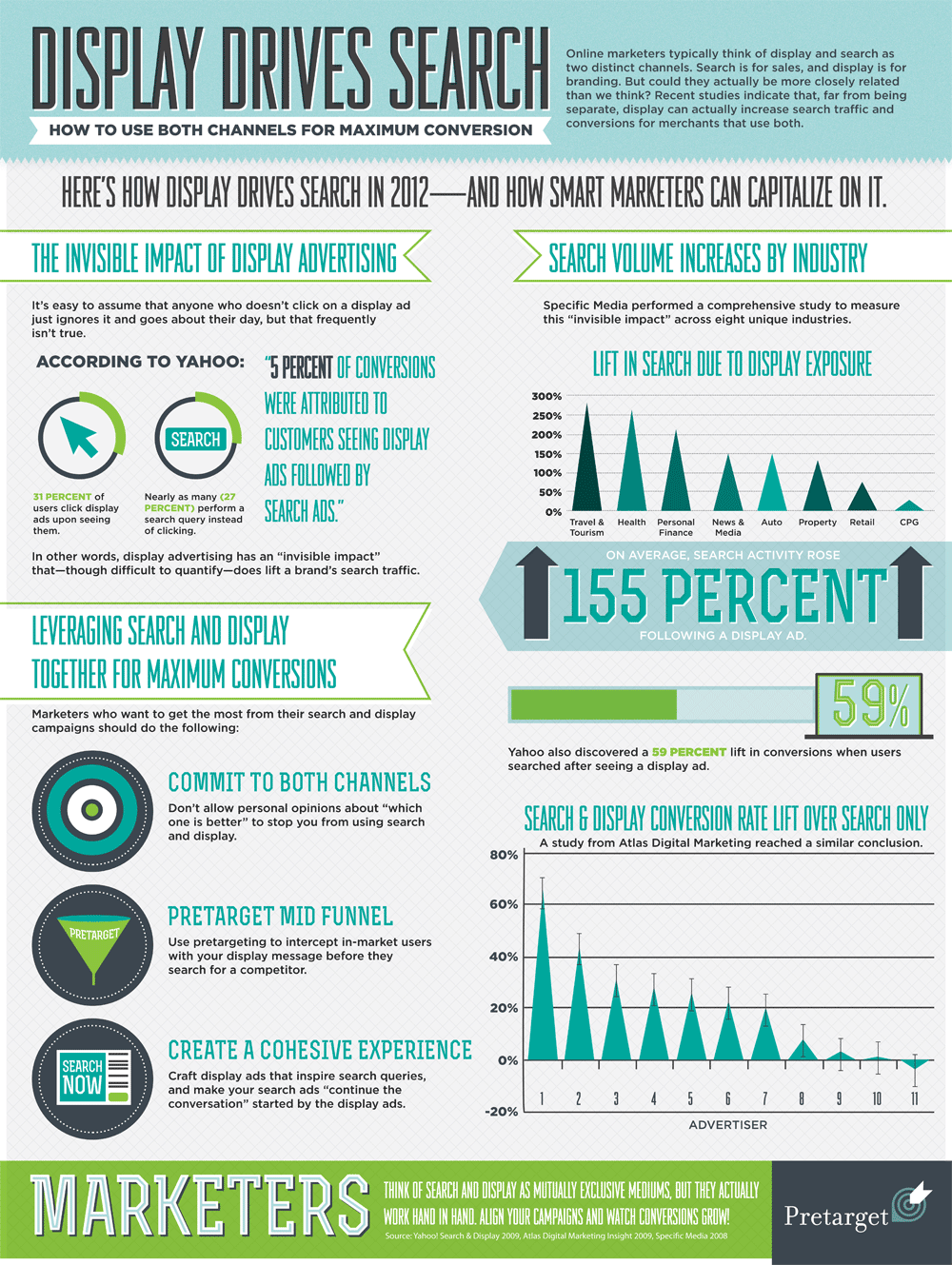
“Scientific papers frequently use charts and graphics to communicate information,” he says, but “often those kinds of graphics need to be translated or redesigned for a general audience.” To create this image-which represents the average level of manmade noise in the North Atlantic-he rebuilt maps originally produced by the NOAA Underwater Sound Field Mapping Working Group.Īre We in the Midst of a Sixth Mass Extinction? by Bill Marsh, Sunday Review Graphics Editor, New York Timesīill Marsh’s black-and-red image depicts species at risk of extinction, based on data from the International Union for Conservation of Nature. Infographics help spread the word to the public about scientific data and findings, says Jonathan Corum. Mapping Ocean Noise, Jonathan Corum, Science Graphics Editor, New York Times and Canada, and the smallest population unit available in Mexico. “I don’t come up with what it should look like from the beginning,” he says, “It’s like throwing things on the canvas until you find something that works.” The 454,064,098 dots represent people-individuals in the case of the U.S. From the start, Martin-Anderson wasn’t sure how the final image would turn out.
#INFOGRAPHIC SHOW SOFTWARE#
Armed with 2010 U.S., 2011 Canadian, and 2010 Mexican census data and software he wrote himself, he built this map over a six-day period, approximately. The resulting infographic depicts the animal like a machine built to sprint.Ĭensus Dotmap, by Brandon Martin-Anderson, a researcher at the MIT Media LabĪfter a cartographer told Brandon Martin-Anderson that it would be nearly impossible to depict the population of every named place in the U.S., he set out to do just that, and then some. “The thing that really sealed it for me was the way that the lungs and the heart are enlarged-it’s like a jet engine,” he says. When researching the cheetah’s anatomy, Jason Treat was struck by how all of its features accommodate the animal’s need for speed.


The Anatomy of Speed, by Jason Treat, Senior Graphics Editor, National Geographic & Bryan Christie, Bryan Christie Design

(And listen to SciFri’s chat about infographics here.) SciFri combed through the volume here you’ll find examples of science-centric data visualizations, as well as thoughts and comments from their creators. His selections represent the vast array of infographics out there-from a hand-drawn “Should I Check My Email?” flowchart to corporate-style reports on how Facebook’s Nicholas Felton spends his time. Infographics seem to be experiencing a kind of renaissance at the moment, says Cook, who’s also editor of the new book The Best American Infographics 2013. Related Segment Making Sense of Science Infographics


 0 kommentar(er)
0 kommentar(er)
